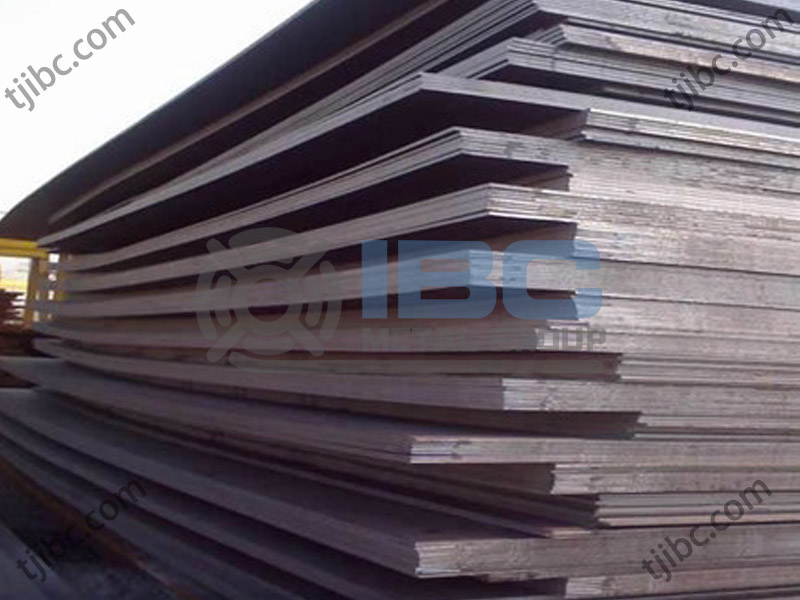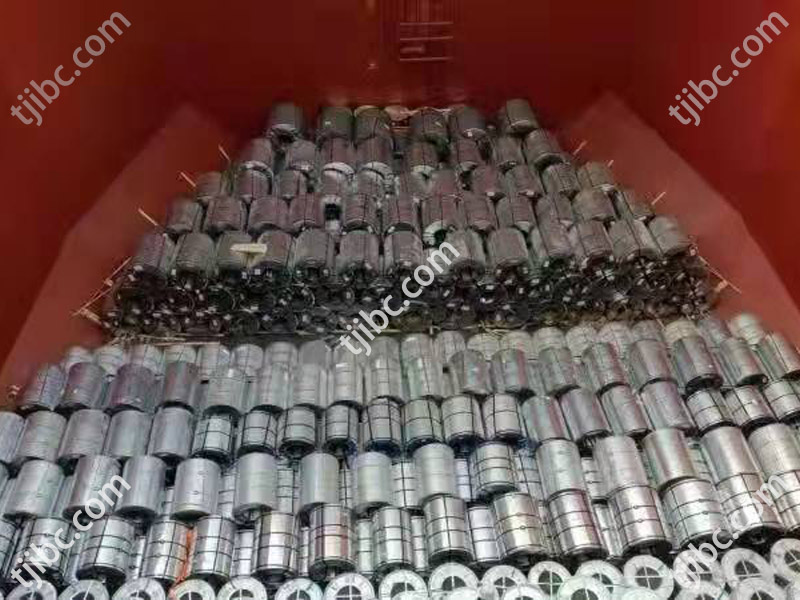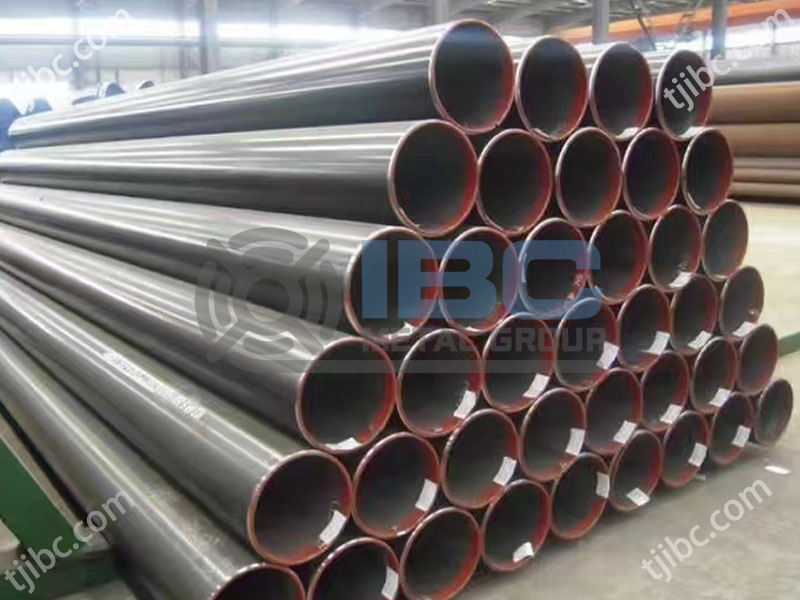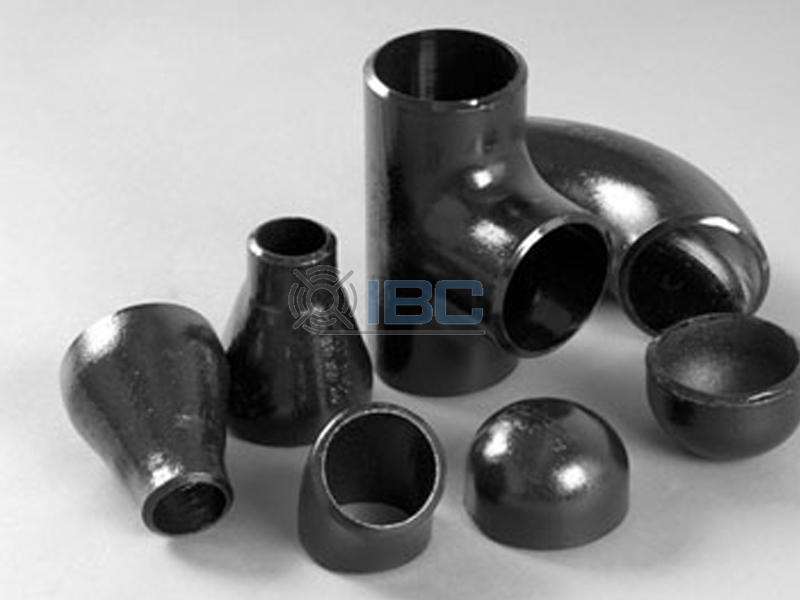Characteristics and Requirements of Structural Plate for Shipbuilding
High strength: Structural Plate for shipbuilding must have high strength to withstand various external forces and loads that may be encountered during navigation.
Good toughness: Especially in low temperature environments, steel plates need to have good impact toughness. This prevents brittle fractures in the hull under extreme conditions.
Excellent welding performance: The manufacturing process of the ship involves a lot of welding work. Therefore, the steel plate must have good weldability to ensure the quality and strength of the welded joint.
Corrosion resistance: In the Marine environment, the steel plate needs to have a certain corrosion resistance. In this way, the service life of the ship can be extended.
Production Process of Structural Plate 1
1. Raw material preparation
Material selection: Select low alloy steel, high strength steel or weathering steel suitable for shipbuilding as raw materials. These steels need to have good mechanical properties and corrosion resistance to meet the needs of ship construction.
Pretreatment: Raw steel needs to go through pickling, rust removal, cleaning and other surface treatment processes. This removes skin, rust and dirt from the surface. Thus ensuring the quality of raw materials.
2. Melting and tempering
Smelting: Workers put the pre-treated raw materials into a blast furnace or electric furnace for smelting. They adjust the composition and properties of the molten steel by adding appropriate alloying elements.
Tempering of molten steel: The molten steel is heated and cooled in a special unit. This can obtain uniform structure and good mechanical properties. This step is crucial for controlling the strength and toughness of the steel plate.
3. Continuous casting and hot rolling
Continuous casting: The workers pour the tempered molten steel into the continuous casting machine and solidify the molten steel into continuous casting billet through the crystallizer. This process can ensure the quality and dimensional accuracy of the billet.
Hot rolling: Workers send billets to the hot mill for pre-rolling and finishing. By rolling multiple times and adjusting rolling temperature, speed and other parameters, the factory can change the plates’ thickness and width. The hot rolling process can further improve the microstructure and mechanical properties of the steel plate.
Production Process of Structural Plate 2
4. Pretreatment and deep processing
Pretreatment: The surface treatment of the hot rolled steel plate is descaling, cleaning, phosphating and so on. This can improve the surface quality and coating performance of the steel plate.
Cold rolling and quenching: According to the need, the worker will cold rolling the steel plate to further adjust its thickness and dimensional accuracy. Then quenching treatment is carried out to improve the strength and hardness of the structural plate.
Cutting and trimming: The large-size steel plate is cut and trimmed by the cutting machine. This can meet the specific design requirements in ship construction. Common cutting methods include flame cutting, laser cutting and so on.
5. Quality inspection and control
Online testing: In the production process, various testing equipment is used to monitor and test the performance and quality of the steel plate in real time. Such as ultrasonic inspection, X-ray inspection and other non-destructive testing technology can find and deal with the defects in the steel plate in time.
Finished product inspection: Strict finished product inspection of the finished steel plate. Including appearance inspection, size measurement, mechanical property testing and other aspects to ensure product quality in line with relevant standards and requirements.
6. Packaging and transportation
Packaging: The inspected steel plate is packaged to prevent damage or corrosion during transportation and storage. Common packing methods include wooden box packing, iron packing and so on.
Transportation: The packaged steel plate is transported to the ship construction site by means of transportation such as ship, train or car for subsequent processing and installation.

Contact with us today!



